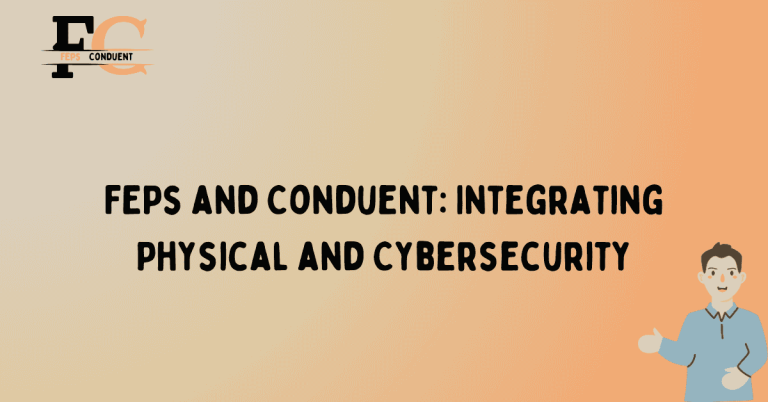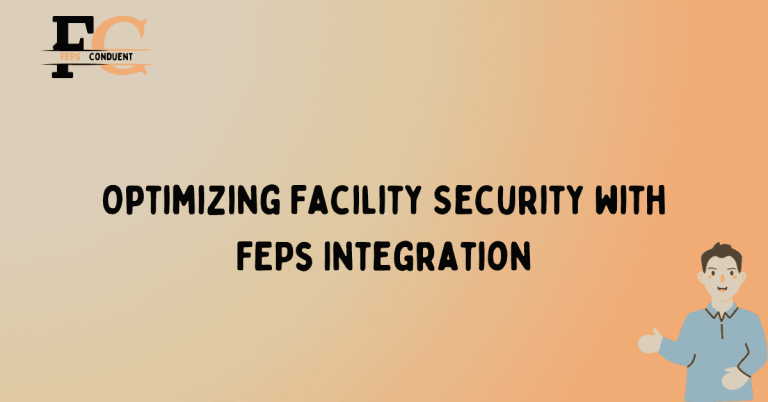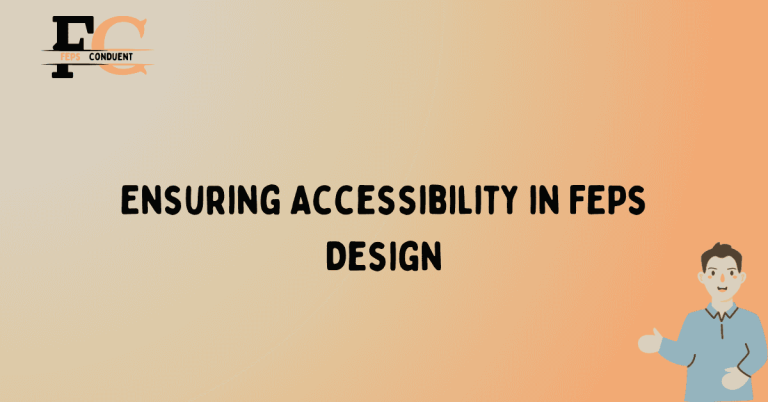Designing FEPs for Cultural Institutions

In today’s digital age, cultural institutions such as museums, galleries, and libraries are faced with the challenge of creating engaging and immersive experiences for their visitors. The design of Front-End Platforms (FEPs) plays a crucial role in delivering these experiences by seamlessly integrating technology and content to provide a captivating and informative visit.
At our design firm, we specialize in creating FEPs that are tailored to the unique needs and goals of cultural institutions. We understand that each institution has its own story to tell and its own audience to engage. That’s why we take a user-centered approach, conducting extensive research and user testing to ensure that our designs not only meet the institution’s objectives but also resonate with its visitors.
Designing FEPs for Cultural Institutions: Creating Engaging and Immersive Experiences
Embark on a journey of innovative design as we explore the realm of Fabric Exhibition Panels (FEPs) tailored specifically for Cultural Institutions. Uncover the art of creating engaging and immersive experiences that captivate and resonate with visitors, seamlessly blending aesthetic appeal with cultural narratives.
Understanding the Challenge
Cultural institutions, such as museums, galleries, and libraries, face the unique challenge of creating engaging and immersive experiences for their visitors in today’s digital age. With the rapid advancement of technology, these institutions must find innovative ways to captivate and inform their audience. The design of Front-End Platforms (FEPs) plays a crucial role in meeting this challenge by seamlessly integrating technology and content to provide a memorable visit.
Tailoring FEPs to Unique Needs and Goals
At our design firm, we specialize in creating FEPs that are tailored to the specific needs and goals of each cultural institution. We understand that every institution has its own story to tell and its own audience to engage. Our team takes a user-centered approach, conducting extensive research and user testing to ensure that our designs not only meet the institution’s objectives but also resonate with its visitors. By understanding the unique characteristics and goals of each institution, we can create FEPs that deliver personalized and meaningful experiences.
Seamless Integration of Technology and Content
One of the key aspects of designing FEPs for cultural institutions is the seamless integration of technology and content. Our team combines cutting-edge technology with compelling content to create interactive and immersive experiences. Whether it’s virtual reality, augmented reality, or interactive displays, we leverage the latest innovations to enhance the visitor’s journey. By seamlessly integrating technology and content, we ensure that visitors are fully immersed in the cultural institution’s narrative.
A User-Centered Approach
Our design process revolves around the visitor’s experience. We believe that understanding the needs and preferences of the target audience is essential to creating successful FEPs. Through extensive research and user testing, we gather valuable insights that inform our design decisions. By putting the user at the center of our design process, we can create FEPs that are intuitive, easy to navigate, and resonate with visitors on a deeper level. Our user-centered approach ensures that the FEPs we design are both engaging and accessible to all.
Enhancing Engagement and Education
One of the primary goals of cultural institutions is to engage and educate their visitors. Through the design of FEPs, we strive to enhance engagement and education. Our team carefully crafts interactive elements, informative displays, and captivating visuals to provide a rich and immersive experience. By combining technology and content in a seamless manner, we create FEPs that not only entertain but also educate visitors about the institution’s collections, history, and mission.
FAQs
What is the importance of designing FEPs for cultural institutions?
Designing FEPs (Facility Emergency Plans) for cultural institutions is crucial as it helps ensure the safety and protection of valuable artifacts, exhibits, and cultural heritage. These plans outline specific procedures and protocols to be followed in the event of emergencies such as fires, natural disasters, or security threats.
How are FEPs designed for cultural institutions?
Designing FEPs for cultural institutions involves a comprehensive analysis of the facility’s layout, potential risks, and vulnerabilities. It includes identifying evacuation routes, emergency exits, and assembly points. Additionally, it may involve considering factors such as climate control, emergency communication systems, and security measures.
What are the key components of a well-designed FEP for cultural institutions?
A well-designed FEP for cultural institutions should include clear and concise emergency response plans, contact information for relevant authorities, staff training protocols, and procedures for protecting and securing valuable artifacts. It should also outline strategies for post-emergency recovery and restoration of damaged exhibits.
Why should cultural institutions prioritize FEPs?
Cultural institutions hold irreplaceable artifacts and exhibits that are significant to our history and heritage. By prioritizing FEPs, these institutions demonstrate their commitment to preserving and safeguarding these treasures. It also ensures the safety of staff, visitors, and the surrounding community in case of emergencies.
What are the potential risks faced by cultural institutions?
Cultural institutions face various risks, including fire hazards, water damage from leaks or floods, natural disasters like earthquakes or hurricanes, vandalism, theft, and security breaches. FEPs help identify and mitigate these risks, minimizing the potential damage and ensuring a swift and efficient response to emergencies.
How often should FEPs for cultural institutions be reviewed and updated?
FEPs for cultural institutions should be reviewed and updated regularly. It is recommended to conduct comprehensive reviews at least once a year or whenever significant changes occur within the facility. This ensures that the plans remain relevant, reflect any structural or operational changes, and incorporate the latest best practices in emergency preparedness.
Conclusion
Designing FEPs for cultural institutions requires a deep understanding of the institution’s goals, audience, and the seamless integration of technology and content. At our design firm, we specialize in creating personalized and engaging FEPs that deliver memorable experiences. Through our user-centered approach and innovative design techniques, we help cultural institutions captivate and educate their visitors in today’s digital age.






